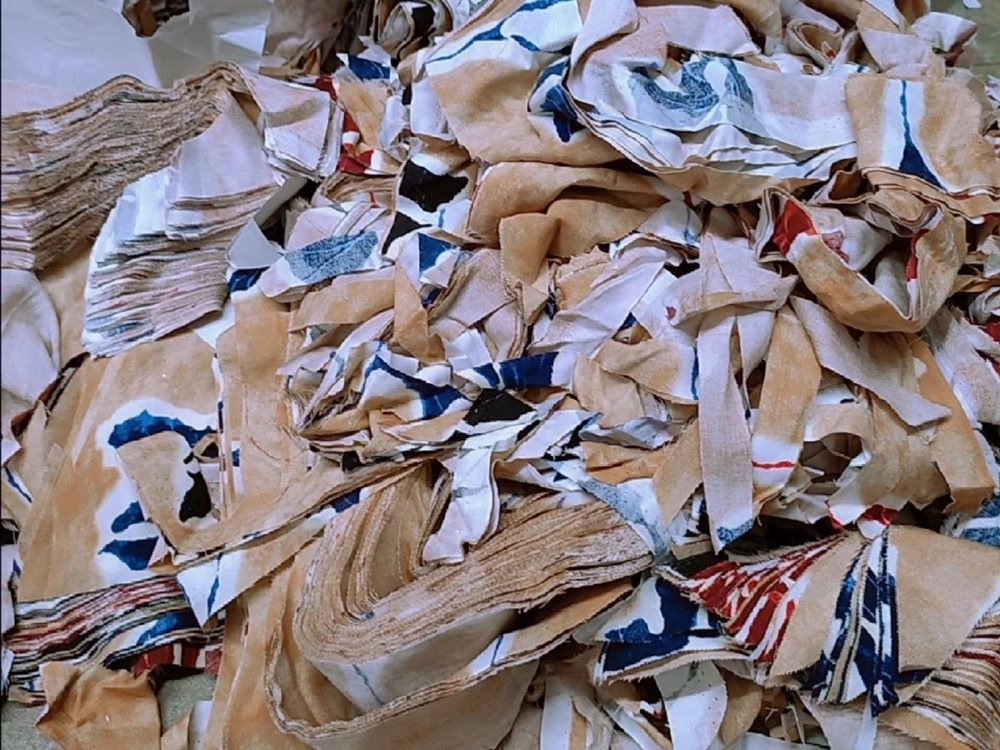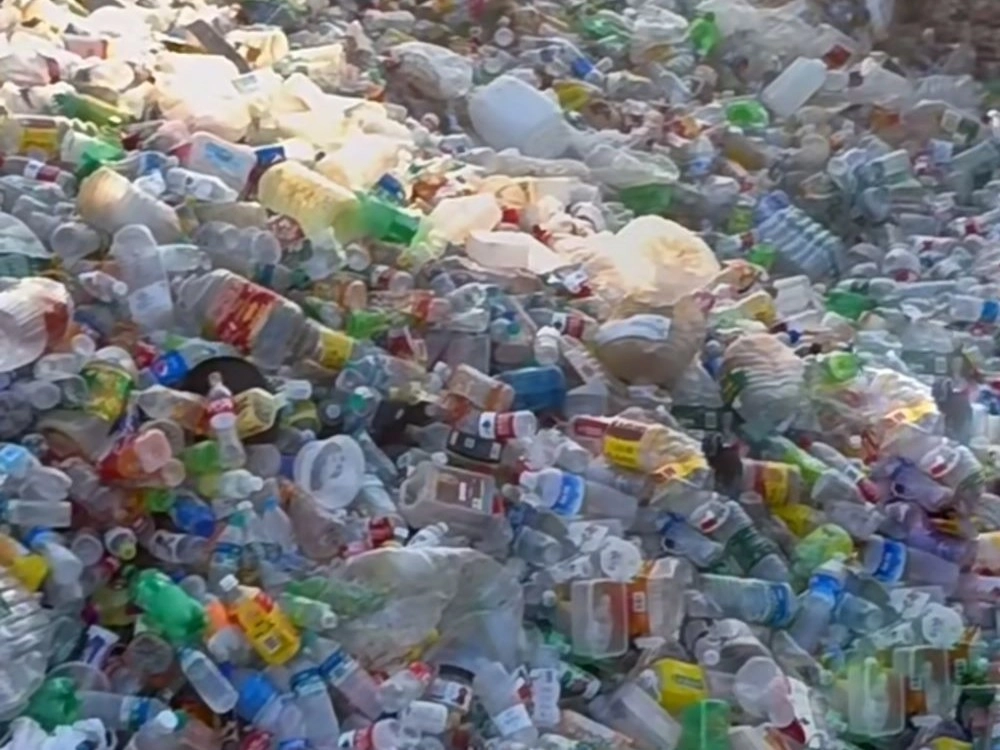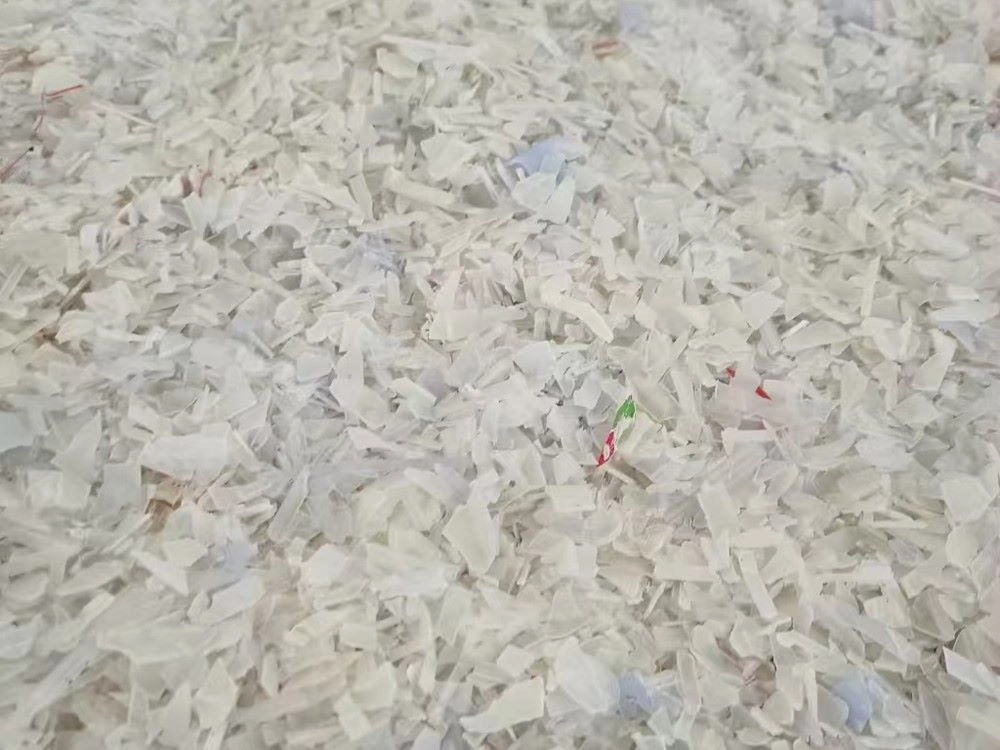In a world increasingly concerned with sustainability, recycled fabrics have emerged as a vital solution to the growing textile waste crisis. By transforming waste materials such as old clothes, plastic bottles, and even marine debris into high-quality textiles, the fashion industry is taking a step toward environmental responsibility. These eco-friendly fabrics not only reduce waste but also offer fashionable alternatives to traditional textiles. This process involves the clever repurposing of materials that would otherwise be discarded, turning them into fabrics that are both durable and stylish.
The Process of Creating Recycled Fabrics
Recycled fabrics are created through a complex yet efficient process. The journey begins with collecting waste materials, which are sorted and processed. Any non-recyclable components are removed during this phase. For example, used garments and textiles are turned into fibers. These fibers can then be re-spun into new yarns. The yarn is woven or knitted to create fabric. In some cases, discarded plastic bottles and marine debris are collected, cleaned, and shredded. These materials are then transformed into fibers. Finally, the fibers are spun into textiles. This process helps recycle waste and create sustainable fabrics.
This innovative process plays a crucial role in reducing environmental impact. By using waste materials, manufacturers significantly cut down on the need for virgin resources, reducing both pollution and the consumption of water and energy. Recycled fabrics represent a crucial shift in textile production, making it possible to produce fashionable and high-quality fabrics while minimizing the environmental footprint.
Recycled Fabrics from Fabric Scraps and Waste
One of the most common sources of recycled material is fabric scraps. The leftover materials from clothing production and textile manufacturing are often discarded. This contributes to the growing waste problem. However, recycling technologies have advanced significantly. Today, these scraps can be processed and transformed into new, high-quality fabrics. As a result, we can reduce waste and create sustainable materials for future use.
Recycled fabrics made from fabric scraps help reduce waste while also providing a sustainable alternative to traditional textile production. This process not only saves resources but also ensures that every piece of fabric is given a second life, supporting the circular economy. By utilizing waste materials that would otherwise end up in landfills, this innovative recycling method contributes to a cleaner and greener planet.

From Plastic Bottles to Fashion: Recycled Fabrics from Plastic Waste
Plastic waste, especially plastic bottles, is another key source for creating recycled materials. Companies are now using recycled plastics to create fibers that are spun into fabrics. The process begins with collecting discarded plastic bottles, which are cleaned and then processed into PET (Polyethylene Terephthalate) chips. These chips are melted down and spun into fibers that can be woven or knitted into textiles.
The resulting fabrics are durable, versatile, and stylish. By transforming plastic waste into useful textiles, manufacturers are not only reducing pollution but also providing consumers with eco-friendly clothing options. These recycled fabrics from plastic waste are now widely used in everything from outdoor apparel to fashion garments, proving that sustainability and style can go hand in hand.
Recycled Fabrics from Marine Debris
Marine debris is another unconventional but highly effective source of recycled fabrics. As the global issue of ocean pollution continues to escalate, efforts to turn marine waste into wearable fabrics are gaining momentum. Recycled fabrics made from marine debris often start with the collection of plastic waste from beaches and oceans. This waste is then cleaned and processed to remove any contaminants.
Once cleaned, we shred the plastic debris and turn it into fibers. These fibers are then spun into yarn. The yarn is woven into fabrics, which can be used in a variety of products. These products include clothing, accessories, and home textiles. The process ensures that plastic waste is transformed into useful, sustainable materials. Recycled fabrics made from marine debris offer a way to tackle ocean pollution while simultaneously providing the fashion industry with sustainable and eco-friendly materials.

Advantages of Recycled Fabrics
The use of recycled fabrics brings several benefits to both the environment and the fashion industry. By recycling waste materials, manufacturers significantly reduce the amount of textile waste that ends up in landfills. This helps to minimize pollution and conserve natural resources, such as water and energy, which are typically used in the production of virgin textiles.
Recycled fabrics contribute to a more sustainable fashion industry. They provide high-quality materials that can be used in various applications. By repurposing these fabrics, we reduce waste and promote eco-friendly practices. This not only benefits the environment but also supports the growing demand for sustainable fashion. These fabrics are durable, versatile, and fashionable, making them a great choice for consumers who want to make more eco-conscious purchasing decisions. With recycled fabrics, it’s now possible to create beautiful, stylish clothing without sacrificing sustainability.
Our Custom Recycled Fabrics Solutions
At MoLi, we are dedicated to providing high-quality fabrics to our clients. These fabrics are made from sustainable, recycled materials. By using recycled materials, we help reduce environmental impact. Our commitment to sustainability ensures that every fabric we offer meets both quality and eco-friendly standards. As a leading custom clothing supplier, we specialize in offering tailored solutions that meet the unique needs of our customers. Whether you are looking for recycled fabrics made from old clothes, plastic bottles, or marine debris, we offer a wide range of options to suit your project requirements.
Our recycled fabrics are not only eco-friendly but also durable and stylish, making them perfect for a variety of applications, from fashion to home textiles. We work closely with our clients to ensure that every piece of fabric we provide meets their exact specifications, helping them create sustainable products that are both environmentally responsible and stylish.
Conclusion
The transformation of waste materials into fashionable textiles through recycled fabrics is a significant step toward a more sustainable future. The fashion industry is making strides in reducing its environmental impact by recycling fabric scraps, plastic bottles, and marine debris. This effort helps create stylish, high-quality products with a smaller carbon footprint. At MoLi, we proudly contribute to this movement. We provide our clients with custom-made recycled materials that not only meet their sustainability goals but also support a cleaner planet. This way, we can all make a positive impact on the environment while maintaining high fashion standards.



